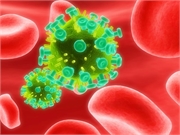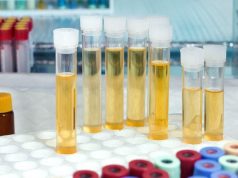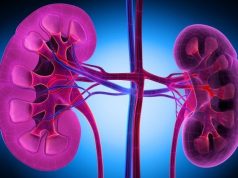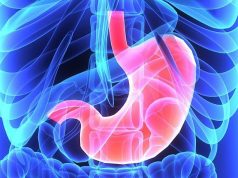Number of HIV-2 diagnoses remains low; more false positives seen with greater use of differentiation test
THURSDAY, Jan. 23, 2020 (HealthDay News) — From 2010 to 2017, use of the HIV-1/HIV-2 differentiation test increased, but the number of HIV-2 diagnoses remained very low, according to research published in the Jan. 24 issue of the U.S. Centers for Disease Control and Prevention Morbidity and Mortality Weekly Report.
Anne H. Peruski, Ph.D., from the CDC in Atlanta, and colleagues analyzed 2010 to 2017 data from the CDC National HIV Surveillance System (NHSS) to describe the percentage of diagnoses for which an HIV-1/HIV-2 differentiation test result was reported; the authors then categorized HIV type based on laboratory test results.
The researchers observed a substantial increase in the number of HIV-1/HIV-2 differentiation test results reported to the NHSS during 2010 to 2017, consistent with implementation of the HIV laboratory-based testing algorithm in 2014. In the United States, >99.9 percent of all HIV infections identified were categorized as HIV-1, while <0.03 percent of all HIV infections were HIV-2 diagnoses. There was an increase in the number of false-positive HIV-2 test results produced by HIV-1/HIV-2 differentiation.
“CDC continues to recommend that laboratories follow the laboratory-based algorithm with the HIV-1/HIV-2 differentiation test as the second step,” the authors write. “Updates to the laboratory-based testing algorithm merit consideration in the United States. This could include development of new U.S. Food and Drug Association-approved tests to reduce the time to HIV diagnosis and treatment, primarily for HIV-1, but in rare cases, for HIV-2.”
One author disclosed financial ties to ICF International.
Copyright © 2020 HealthDay. All rights reserved.








